

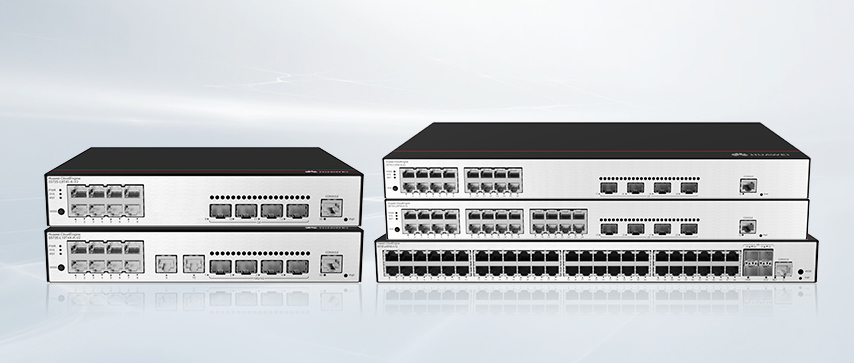
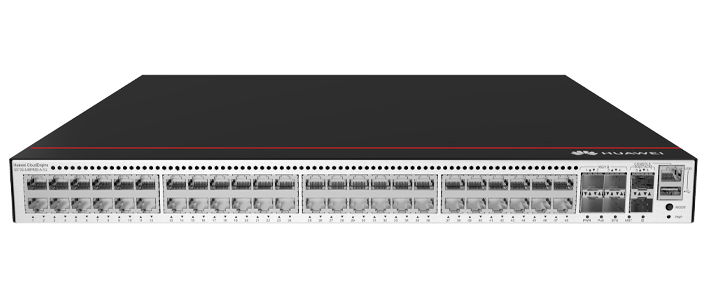





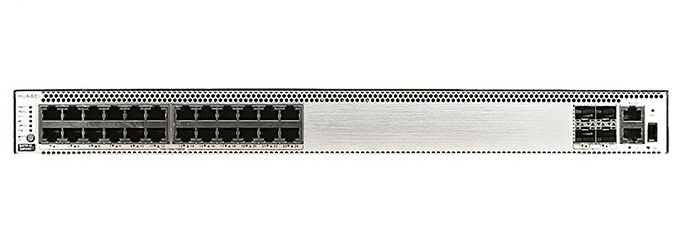

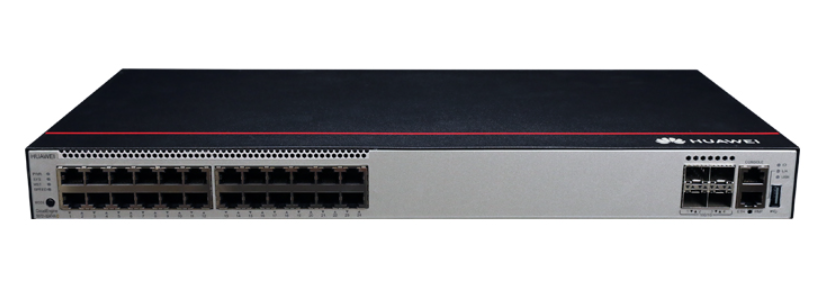


















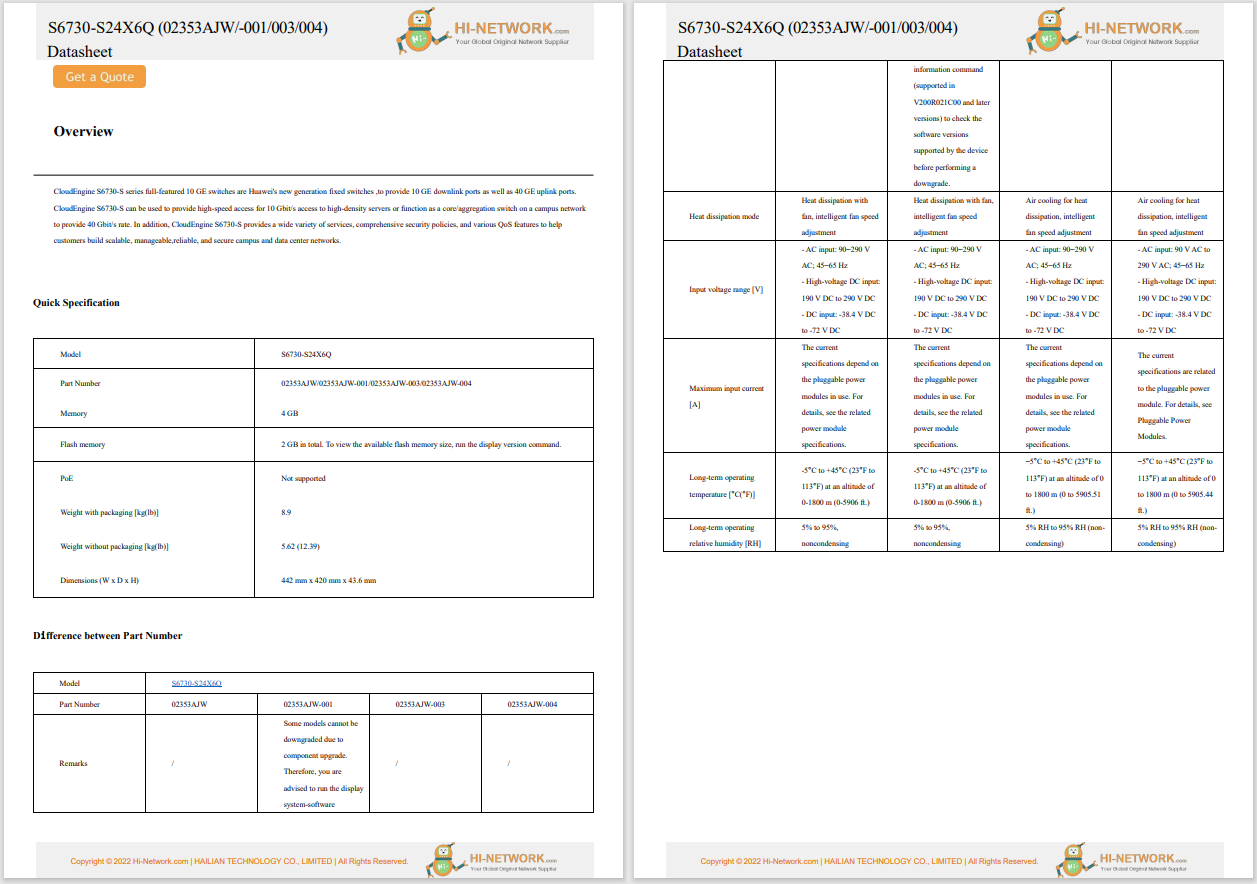

This article explains the kind of information Google tracks about you, how it uses this information, and what you can do to better protect and safeguard your Google searches.
How to stop Google from tracking your physical locationGoogle logs all of your search history, plain and simple. If you want to use any of the company's services, such as YouTube, Gmail, and Google Maps, and have those services personalized, you must be signed in with a Google account.
Once you're signed in to one of your accounts, Google actively tracks the following:
Google provides details about all this surveillance in its terms of service, as well as in their privacy policy. While these are dense legal documents, you should give them at least a quick look if you're at all concerned about how Google tracks and stores your information.
Every time you use the internet, traces of your identity are left behind, like IP addresses, MAC addresses, and other unique identifiers. In addition, most web browsers, websites, and applications require you to opt into the utilization of cookies to better personalize your browsing experience.
Even if you're not logged into Google, you're still making available a plethora of information about yourself simply by being online. This includes the following:
All this information is used for targeted (and retargeted) ad placement and search relevancy. The data is also made available to people who own sites that are tracking data via Google's statistics tool, Google Analytics.
These sites won't necessarily be able to drill down and see what neighborhood you're accessing their site from, but other identifying information will be available, such as device information, browser, time of day, approximate location, time on the site, and what content is being accessed.
Here are a few examples of what Google collects from you:
One of the effects of Google's tracking is ads that follow you around online.
In order for Google to deliver the amazingly detailed and relevant results on which so many people have come to rely, the search engine needs a certain amount of really specific data.
For example, if you have a history of searching for videos about training a dog, and you've signed in to Google (i.e., opted into sharing your data with Google), Google infers that you'd like to see targeted results about dog training on all the Google services that you use. This might include Gmail, YouTube, web search, images, and others.
Google's primary purpose in tracking and storing so much information is to deliver more relevant results to you, which isn't necessarily a bad thing. However, growing privacy concerns have motivated many people to carefully monitor their data, including data shared online.
There are a few ways:
By far, the simplest way to disallow Google from tracking your data is to simply not use any Google services.
Alternative search engines like DuckDuckGo are available that don't track your search history or collect any of your personal information. See these image search engines for other ways to find images on the internet.
There are also plenty of other free email services you can use instead of Gmail, some of which are even built around privacy.
YouTube is another big part of the Google ecosystem, but it's not the only video-sharing website out there. See our list of the best websites for free videos for some alternatives.
If you want to continue using Google without being tracked, you can definitely do so by simply not signing in to your Google account.
This option is somewhat of a double-edged sword, though, because while Google won't track your information, your search relevancy will decline because Google uses the information it collects about your movements and choices to refine and personalize search results.
Using your browser's private mode is one easy way to use Google, YouTube, Google Maps, and their other services without having to log out. Youmight do this if you want to run a search without it being logged by Google or without it affecting ad recommendations.
:max_bytes(150000):strip_icc()/google-data-privacy-19d19381dd96453abd432764df92540d.png)
You, as the user, have complete control over what data you choose to share or not share with Google. You can do this for each service you use with Google, from Gmail and YouTube to general search settings.
To control the information Google can gather about you, manage your personal info and privacy from your Google account.
:max_bytes(150000):strip_icc()/google-dashboard-ca39a5f1899940fe8d145e77f58e7175.png)
Everyone who has a Google account has access to what's called Google Dashboard. It's a way to see all your Google activity, settings, and profile information in one convenient place.
From your Google Dashboard, you can also see the email(s) Google might have, change passwords, see connected applications and sites, view all accounts, manage active devices, control your contacts, and much more.
You can choose an option to have a monthly reminder sent to you to make sure all your settings are where you want them to be for each individual Google service.
:max_bytes(150000):strip_icc()/google-my-ad-center-42259594867c466c80e31e51147f1092.png)
Many people don't know that you can review and control the kinds of ads that Google shows you. Most people don't take advantage of this amazing convenience, but it's very easy to do from your My Ad Center page.
Not sure which Google services are using what information, how much of your personal information is being shared, or what information Google has already gathered on your search habits?
One way to tackle this somewhat overwhelming data is to use Google Privacy Checkup. This simple tool helps you methodically check exactly what is being shared, and where.
:max_bytes(150000):strip_icc()/google-privacy-checkup-e7b8ae5432d2415ca5d3d1581c60eb58.png)
For example, you can edit how much information is available if someone clicks your YouTube user profile. You can opt out of Google using any publicly shared photos in background images, edit any endorsements of products you might have given in the past, keep all your Google subscriptions private, manage your Google Photos settings, and more.
You can also use Privacy Checkup to personalize your Google experience, from how you view directions to how search results are displayed.You are ultimately in charge of how you experience Google. All the tools are in your hands.
If you're just now learning about how much information Google is tracking, storing, and using, you might be a little overwhelmed as to what to do first.
If you're looking for a virtual clean slate, the best thing to do would simply be to clear your Google Search history completely. You can do that from the My Activity page of your account.
:max_bytes(150000):strip_icc()/google-auto-delete-activity-2eeaf6d7a4f54f6fadf56abb04c6713b.png)
Next, decide how much information and access you're comfortable giving to Google. Do you care if all your searches are tracked as long as you get relevant results? Are you okay with giving Google access to your personal information if you receive more targeted access to what you're looking for?
Decide what level of access you're comfortable with, and update your Google settings accordingly.
After that, you can choose to enable Google's Auto-delete controls, which wipe your search history periodically. Go to the My Activity page and selectAuto-delete. ChooseAuto-delete activity older thanand pick either three months, 18 months, or 36 months.
For more on how to manage your privacy online and stop your information from being potentially tracked, read the following:
Even if you're not too concerned about the information in your Google searches, profile, and personal dashboards being used to enhance the relevancy of your queries online, it's always a good idea to make sure that all information shared on any service is within your comfort zone for personal privacy.
While you should keep the platforms and services you use accountable to a common standard of user privacy, the safety and security of your information online is ultimately your own choice.
9 Tips on Basic Computer Safety Hot Tags :
Hot Tags :